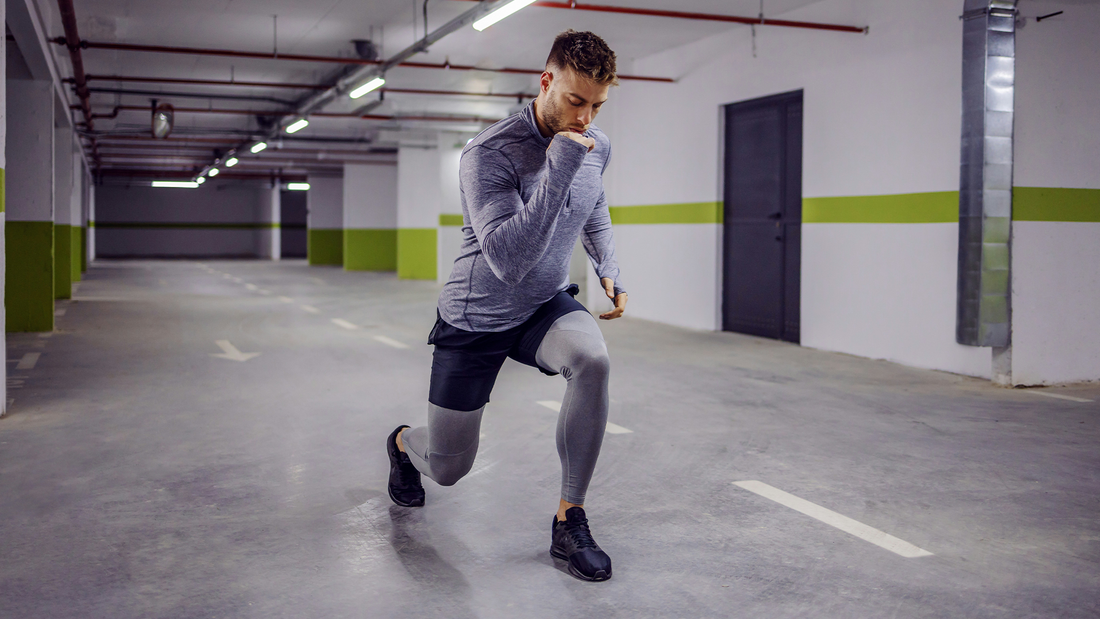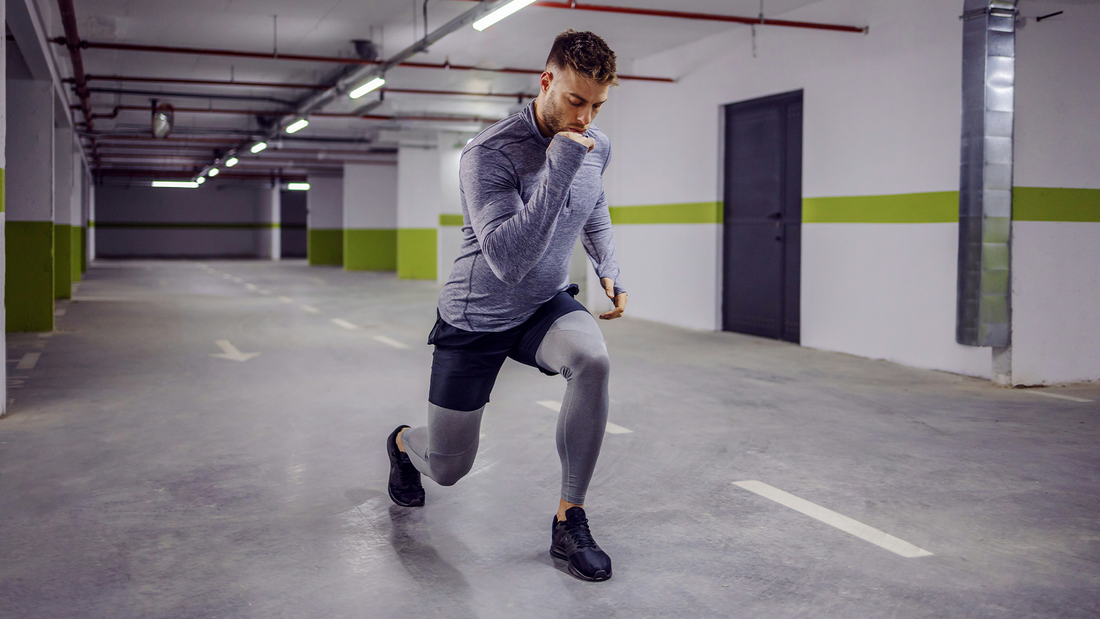

5 Beginner Exercises to Help You Transform Your Body Composition
Instead of focusing on weight loss, more and more people are turning their attention to changing their body composition. Body composition provides a fuller picture of overall health because it looks at your body fat percentage, as well as the amount of muscle mass and other tissue in your body. Weight doesn’t account for these nuances.
Outdated notions of weight loss focus on restrictive diets and burning lots of calories, which doesn’t necessarily lead to transformation. Choosing to pursue a better body composition offers individuals healthy, sustainable options for changing how they look and improving their health and fitness.
Brief Introduction to Body Composition
Body composition looks at the ratio of fat to muscle mass and other tissue in your body. This model for measuring health has become more popular in recent years because it is more accurate than just looking at weight or Body Mass Index (BMI) scores.
Transforming your body composition means changing these ratios in your body. For most people, this means decreasing the amount of fat cells in the body and increasing the amount of muscle. Since fat cells, especially visceral fat, can cause numerous health problems, decreasing overall body fat percentage can make a huge difference in your life.
Traditionally body composition is measured through skinfold tests. Now, though, many individuals use smart scales or fitness tech like ZOZOFIT to measure their body fat percentage. ZOZOFIT, especially, is incredibly accurate making it a great tool.
Exercises to Transform Your Body
Body composition proponents look toward activities like strength training and HIIT training, which focus on building muscle. Cardio-based exercises, like running and cycling, do help burn calories but they don’t offer the same toning and sculpting benefits as resistance training. If you choose cardo-based activities, focus on High-Impact Interval Training (HIIT), which will work your body harder than a light jog.
For the beginner just getting started with transforming their body composition, the five exercises below will give you a jump start. Each of these activities is perfect for a beginner and can be modified to increase difficulty as you grow stronger.
No matter the exercise, make sure that you are using proper exercise form. Proper form will prevent potential injuries and other issues that may result from exercise.
Burpees
The word “burpee” can elicit groans and moans, but for good reason. This exercise, while difficult, is an excellent full body workout. While burpees are one of the most advanced on this list, even a beginner can do it.
To start, jump upwards. Then, land in a squat. From the squat position jump your feet back and put your hands on the ground in front of you so you are in a plank position. Then, jump your feet to your hands and jump upwards once again. This sequence is one repetition.
If you are new to burpees, 2 sets of 8 repetitions is a good place to start. As you build strength and stamina increase to 3 sets of 10 repetitions.
To increase the difficulty, and increase the exercise’s body sculpting ability, try adding a push-up when in the plank position, completing the burpee on one leg, or adding weights (dumbbells are great for this variation).
Lunges
Since you are getting some squats in your burpees, we’ll spare you the extra squats. Instead, add walking lunges to your routine. Lunges build strength in your glutes, quads, and hamstrings, while also stretching your hip flexors.
To do a lunge, stand with your feet hip-width apart and your shoulders lined up over your hips. Then step about two feet forward with your right foot. Bend your right knee forward until it is lined up with your right ankle. When this happens, you should bend your left knee so it kisses the ground. Repeat this ten times on each side.
As you increase your strength-building capacity, add weights. Hold one weight in each hand. You can increase the weight further to make it even more difficult.
Dead Bug
Dead Bug is the perfect exercise to add to your rotation. This core exercise targets several muscles in the core and is a more accessible option than crunches or planks.
Lay flat on your back. Activate your core muscles by tucking your tailbone and pulling your belly button to your spine. This protects your back and ensures the use of your abdominal muscles. Then, lift your heels off the ground and reach your arms behind your head. Bend your right knee so it is over your right hip and your shin is parallel to the ground. At the same time, lift your left arm so it is above your shoulder. Repeat on the other side.
When you start out, complete three sets of ten. Make this exercise harder by adding weights in your hands or using ankle weights.
RDLs
Romanian Deadlifts (RDLs) will help you build strength in your lower body. This exercise is related to the deadlift, but with a more limited range of motion, the RDL is perfect for beginners. Physical therapists often recommend this exercise to their patients.
To do an RDL, stand up holding a small weight in both hands. You can also choose to use a kettlebell or medicine ball. Then, hinge at your hips while keeping your core engaged. With only a microbend in your knees, continue to hinge as you lower your weights. Once you are below the knees, begin to lift back up utilizing your glute and hamstring muscles. Repeat this for 2 sets with 10 repetitions each.
Seated Dumbbell Press
The seated dumbbell press is a beginner exercise that will transform your body composition and build strength in your upper body — and you don’t even need dumbbells!
Using dumbbells (or any other weight) sit up straight. Hold one weight in each hand. Spread your wings so your arms are on either side of your body. Then, make a right angle with your elbows. Push up so your arm is fully extended, then slowly release. Repeat for 3 sets of 10 reps.
Monitor Your Body Composition with ZOZOFIT
As you stay focused on changing your body composition, ZOZOFIT can help you through your fitness journey. By using our 3D body scanning app, you can track changes to your body and keep tabs on the evolution of your body composition over time.

![zf-w-[168px] zf-h-[40px]](http://zozofit.com/cdn/shop/t/15/assets/logo-desktop.png?v=117713855448369080381753069598)




